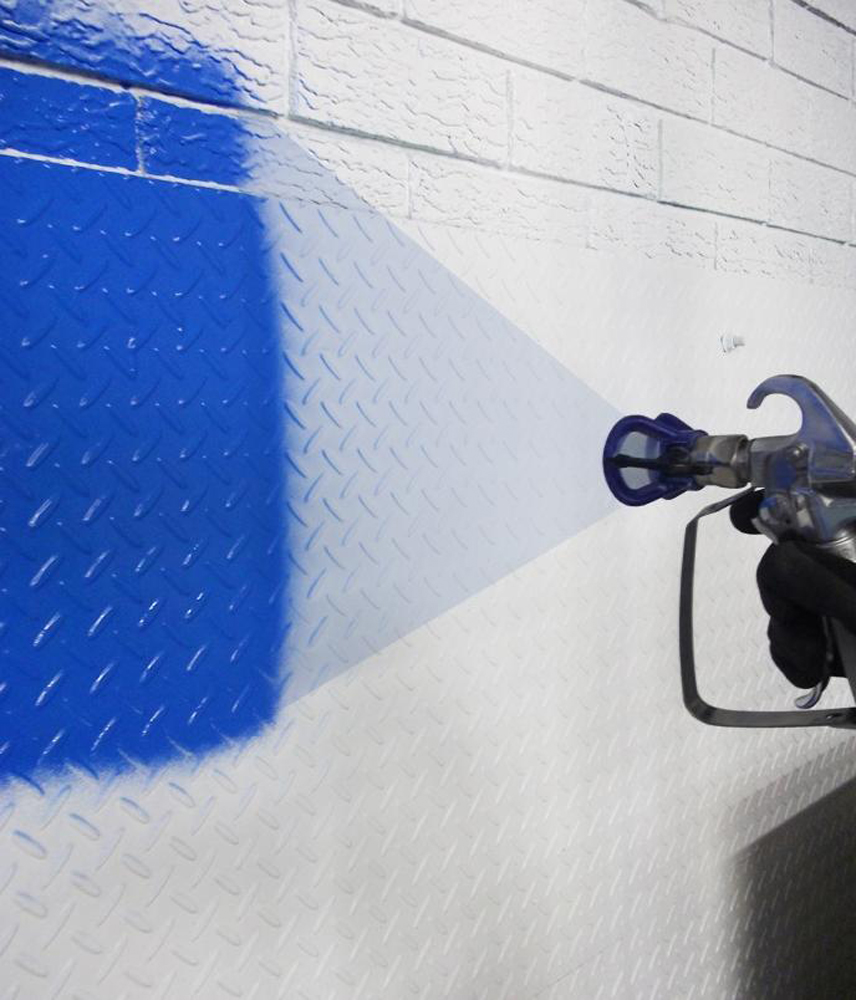Mastering the Art of Commercial Spray Painting: Techniques and Tips
When it comes to commercial spray painting, mastering the art requires a combination of skill, technique, and knowledge of best practices. From small business storefronts to large industrial projects, the use of spray painting can provide an efficient and effective way to enhance surfaces and create a professional finish. Understanding the nuances of commercial spray painting techniques can elevate the quality of work, whether it's for advertising purposes, maintenance, or refurbishment.
Successful commercial spray painting involves more than just applying paint with a spray gun. It requires careful surface preparation, a steady hand, and expertise in choosing the right type of paint for the job. By honing your skills in this craft, you can achieve consistent, high-quality results that meet the standards of commercial projects, ensuring durability and aesthetic appeal.
Choosing the Right Equipment
When it comes to commercial spray painting, selecting the appropriate equipment is crucial for achieving professional results. The first consideration is the type of sprayer you will need. High-volume, low-pressure (HVLP) sprayers are popular for their efficiency and reduced overspray.
Next, you'll want to choose the correct nozzle size for the job at hand. The nozzle size influences the paint flow and spray pattern, so matching it to the viscosity of your paint is essential. Additionally, don't forget about the importance of investing in quality safety gear such as respirators, gloves, and eye protection to ensure your well-being while painting.
Mastering Spray Painting Techniques
Firstly, practice proper paint mixing to achieve the right consistency for commercial spray painting . Consistently stir the paint to ensure a uniform blend of colors. This step is crucial for a smooth and professional finish on your projects.
Next, mastering the distance between the spray gun and the surface is key. For an even coat, maintain a steady distance of about 6-8 inches from the surface. Practice with different distances to understand how it affects the coverage and texture of the paint.
Finally, perfect your hand movements for precise control over the spray pattern. Keep your wrist steady and use smooth, overlapping strokes to ensure comprehensive coverage. Practice on a scrap surface before working on your actual project to improve your technique.

Proper Safety Precautions
When engaged in commercial spray painting, always remember to prioritize safety above all else. Start by ensuring you have proper ventilation in the area where you will be working. This helps prevent exposure to harmful fumes and promotes better air quality.
Another crucial safety measure is to wear appropriate personal protective equipment, such as a respirator mask to avoid inhaling paint or solvent vapors. Additionally, wear safety goggles to protect your eyes from potential splashes or overspray.
Before beginning any spray painting project, make sure to carefully read and follow the instructions on the paint cans, including any specific safety guidelines provided. Properly understanding the materials you are working with can help prevent accidents and ensure a successful outcome.